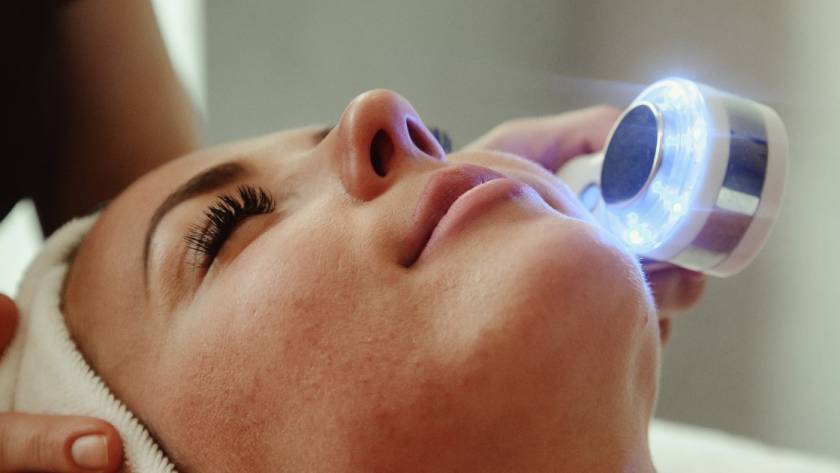This article will shed light on cryotherapy, what it means, its uses, benefits, side effects, downtime, number of sessions needed, contraindications, and the most commonly and frequently asked questions regarding this treatment. Read on to have all your queries thoroughly answered.
Overview
Cryotherapy is the use of freezing temperatures to freeze and remove abnormal tissue. Doctors…













